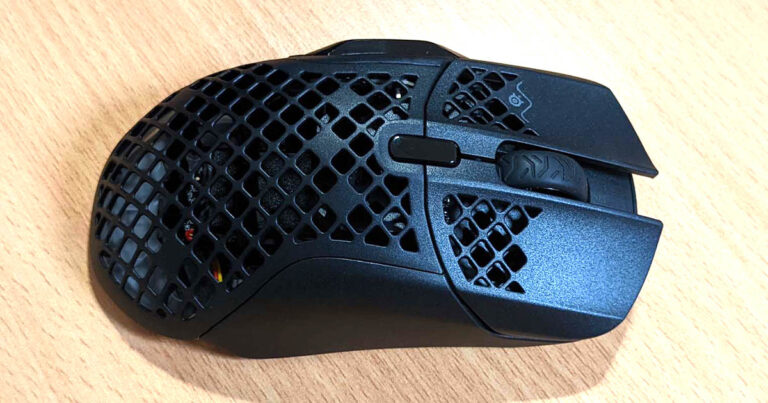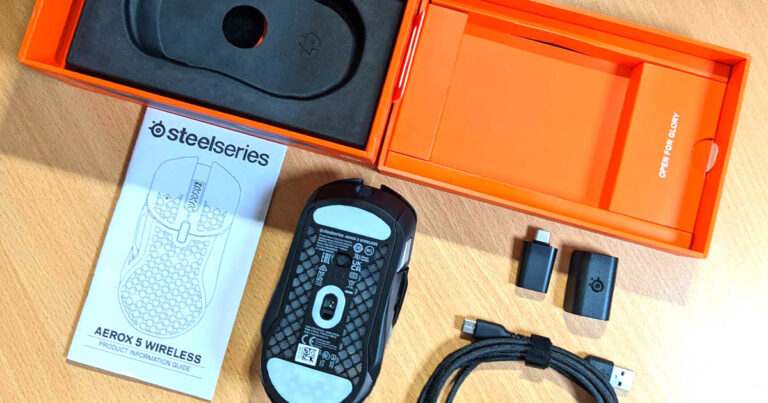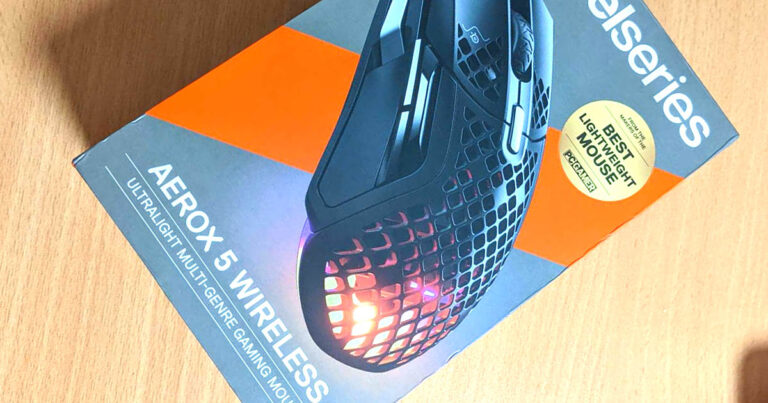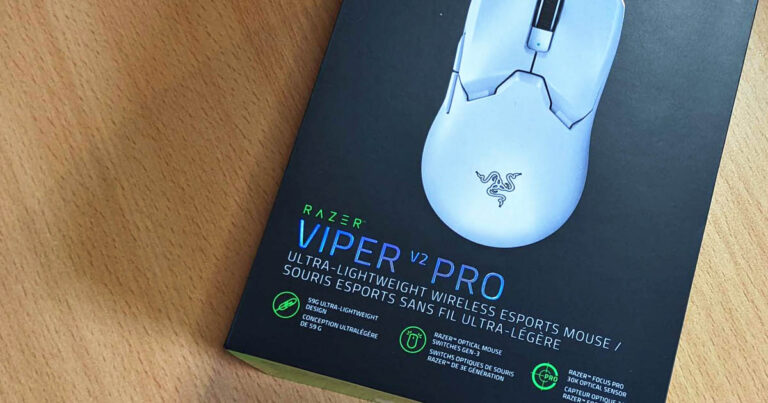Optus Mobile Review ALDI Mobile Review Amaysim Mobile Review Belong Mobile Review Circles.Life Review Vodafone Mobile Review Woolworths Mobile Review Felix Mobile Review Best iPhone Plans Best Family Mobile Plans Best Budget Smartphones Best Prepaid Plans Best SIM-Only Plans Best Plans For Kids And Teens Best Cheap Mobile Plans Telstra vs Optus Mobile Optus NBN Review Belong NBN Review Vodafone NBN Review Superloop NBN Review Aussie BB NBN Review iiNet NBN Review MyRepublic NBN Review TPG NBN Review Best NBN Satellite Plans Best NBN Alternatives Best NBN Providers Best Home Wireless Plans What is a Good NBN Speed? Test NBN Speed How to speed up your internet Optus vs Telstra Broadband ExpressVPN Review CyberGhost VPN Review NordVPN Review PureVPN Review Norton Secure VPN Review IPVanish VPN Review Windscribe VPN Review Hotspot Shield VPN Review Best cheap VPN services Best VPN for streaming Best VPNs for gaming What is a VPN? VPNs for ad-blocking Let’s see how the SteelSeries Aerox 5 Wireless stacks up next to its Razer rival and Aerox 3 Wireless predecessor. I actually prefer a heavier mouse—which is why I still main the SteelSeries Rival 650 Wireless for gaming—but I also prefer the feel of a full-bodied gaming mouse rather than one that’s had holes punched in it. In terms of other design changes, the Aerox 5 Wireless has a more pronounced back than the Aerox 3 Wireless as well as more surface area on the feet. These wider feet mean the Aerox 5 Wireless glides more freely than the Aerox 3. The other upgrade is the inclusion of extra mouse buttons: a pronounced thumb-tip button and a dual-purpose paddle above the typical thumb buttons. Given my fingertip grip, I couldn’t naturally reach the thumb-tip button, and I liked the idea of the paddle more than I found a use for it. Still, it brings the practical button count of the Aerox 5 Wireless to eight, which may appeal to those looking for a smooth-gliding, fast-clicking mouse for strategy and role-playing games. It still performs admirably in shooters, by the way. As for setup, it was a straightforward breeze. USB-C mercifully returns for connecting the mouse, and a subtle design tweak makes it even easier to plug in when you need to recharge. For wireless mode, pop out the USB-C cable and connect it to the sturdy dongle to get into the game. There’s a switch underneath for turning the Aerox 5 Wireless off to save battery or flicking between lower-latency 2.4GHz mode (recommended for gaming) and Bluetooth modes. I did have one instance where I had to toggle the switch off and on to 2.4GHz to get the mouse to detect, but apart from that, it was smooth, uninterrupted sailing. Speaking of more pronounced, the DPI button is in the same spot, just below the scroll wheel, and it’s bigger this time around. While I know competitive players worry about accidentally tapping this button, it’s never been an issue for me, even now that it’s bigger. I appreciate the five default sensitivity levels, but you can tweak the quantity and sensitivity within the SteelSeries GG Engine. What’s less impressive is the battery life. Though SteelSeries reports up to 180 hours of battery life, I quickly got into the habit of reaching for the USB charging cable every other day. Note that I disable any battery-saving features while testing to get the ultimate performance. I also don’t turn the mouse off overnight, and I almost exclusively tested the mouse in low-latency 2.4GHz mode (expect longer battery life from Bluetooth). My first test took the battery from 100% on one afternoon to 30% two days later in the morning. The next test saw the battery life drop from 100% one morning to an unresponsive mouse the following afternoon. Given the SteelSeries GG Engine claimed there was still 5% battery left, this was more disappointing. There were also issues getting illumination to deactivate, which would likely help preserve battery life but, overall, the Aerox 5 Wireless had battery life much worse than what I expected. Admittedly, both Aerox 5 Wireless and Aerox 3 Wireless both have excellent performance in wired mode, so it’s not the end of the world if you have to go wired. The main problem I have is I’m fresh off reviewing the excellent Razer Viper V2 Pro, which has a cheaper RRP, lighter weight and boasts incredible battery life under the same testing conditions compared to the Aerox 5 Wireless. While I prefer a heavier mouse for gaming, I’m used to a lightweight mouse for everyday computing. I’ll be far more likely to reach for the Viper V2 Pro or still-impressive Razer Viper Ultimate than the Aerox 5 Wireless. Where relevant and possible, we compare the gaming mouse we’re reviewing with the other options we have on hand. Sometimes this might be an earlier generation of the same model, it could be a competitor, or it might be the go-to mice we use for everyday computing and/or gaming. We favour wireless mice over wired mice, but wired gaming mice should have cables that have great reach and flexibility to avoid snags. These days, wireless gaming mice should be just as accurate as wired mice, and we pay close attention to how long the battery drains during our tests. Finally, we also look at companion software to see if it’s easy to configure and personalise a mouse to a user’s particular preferences.



